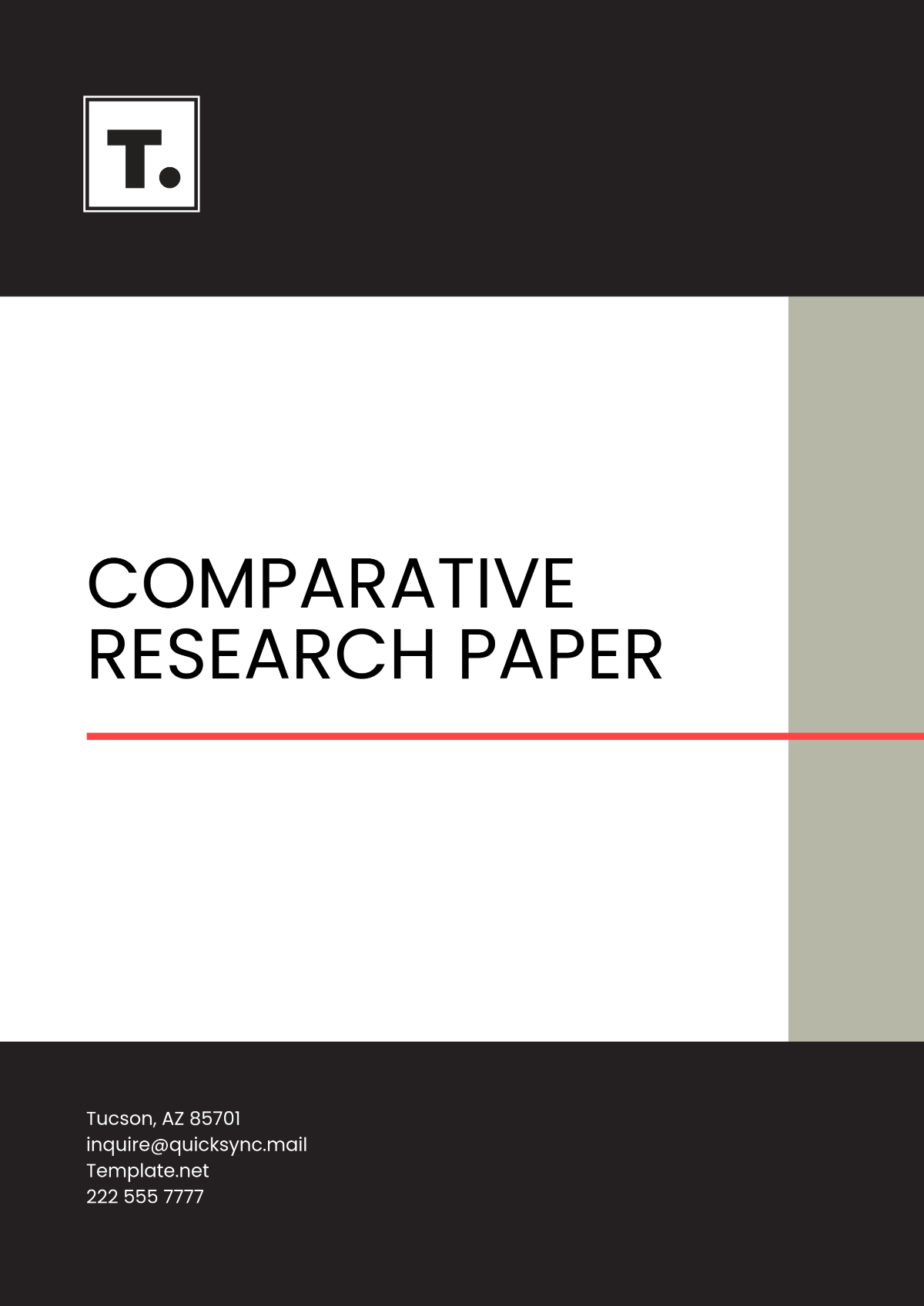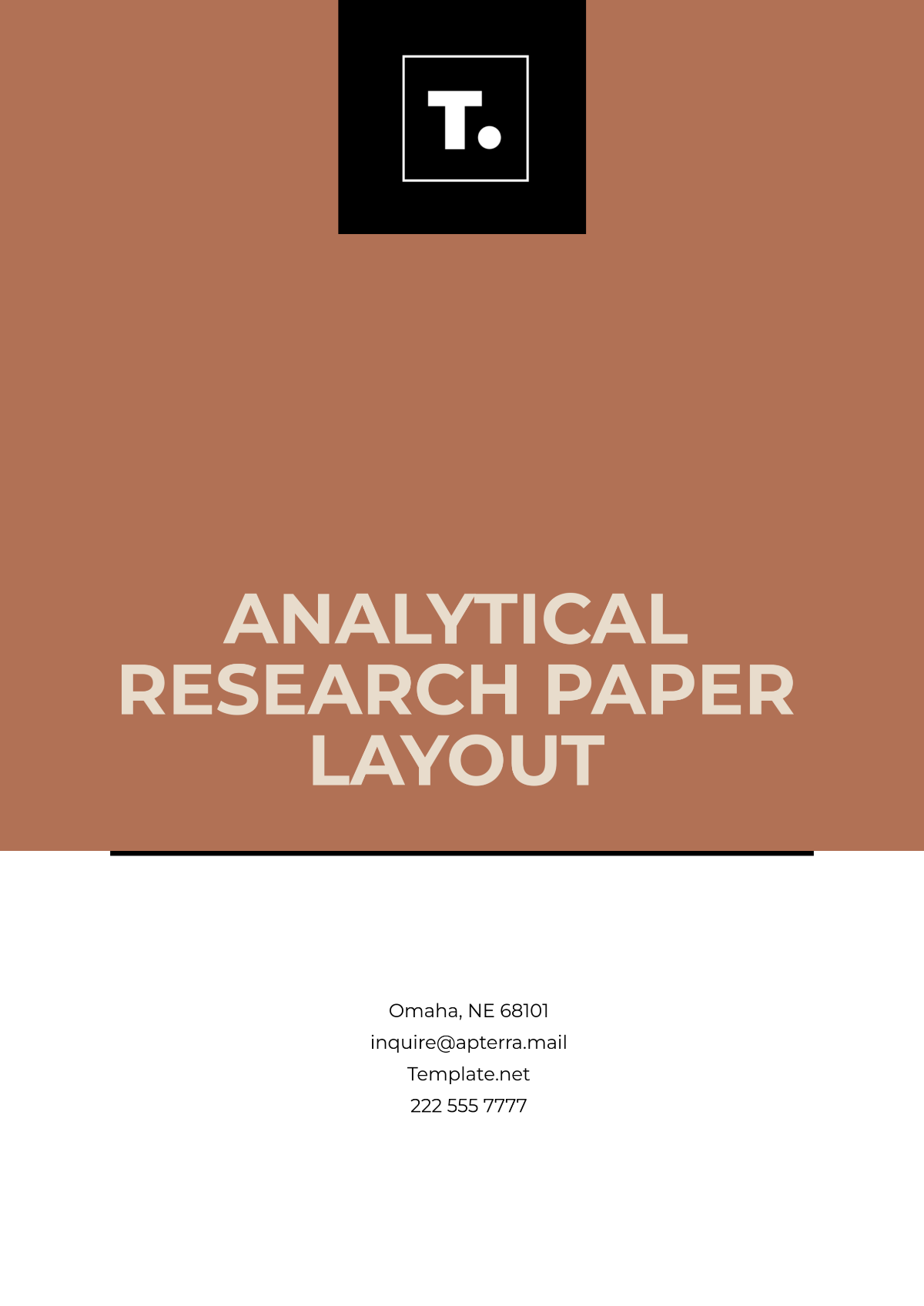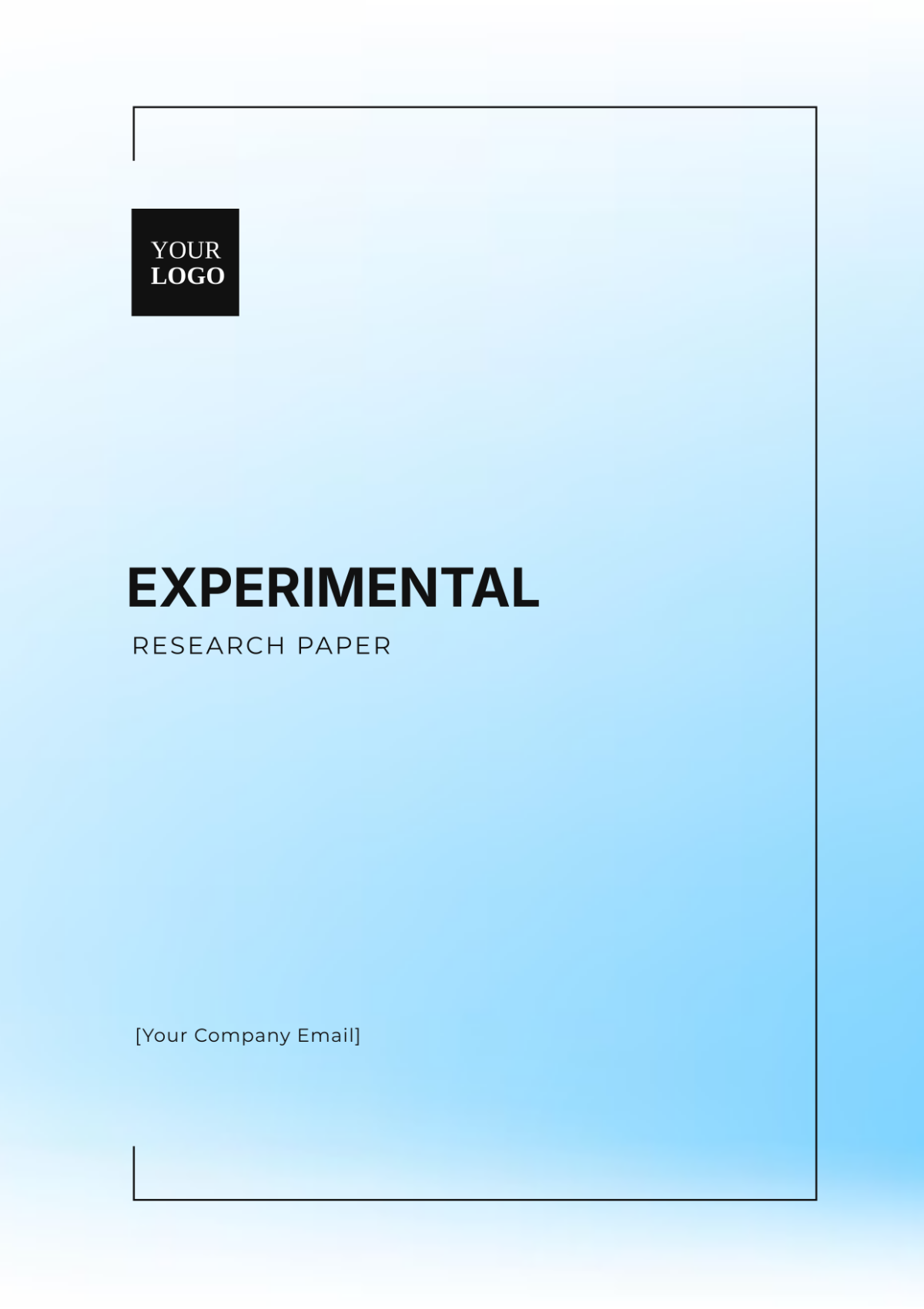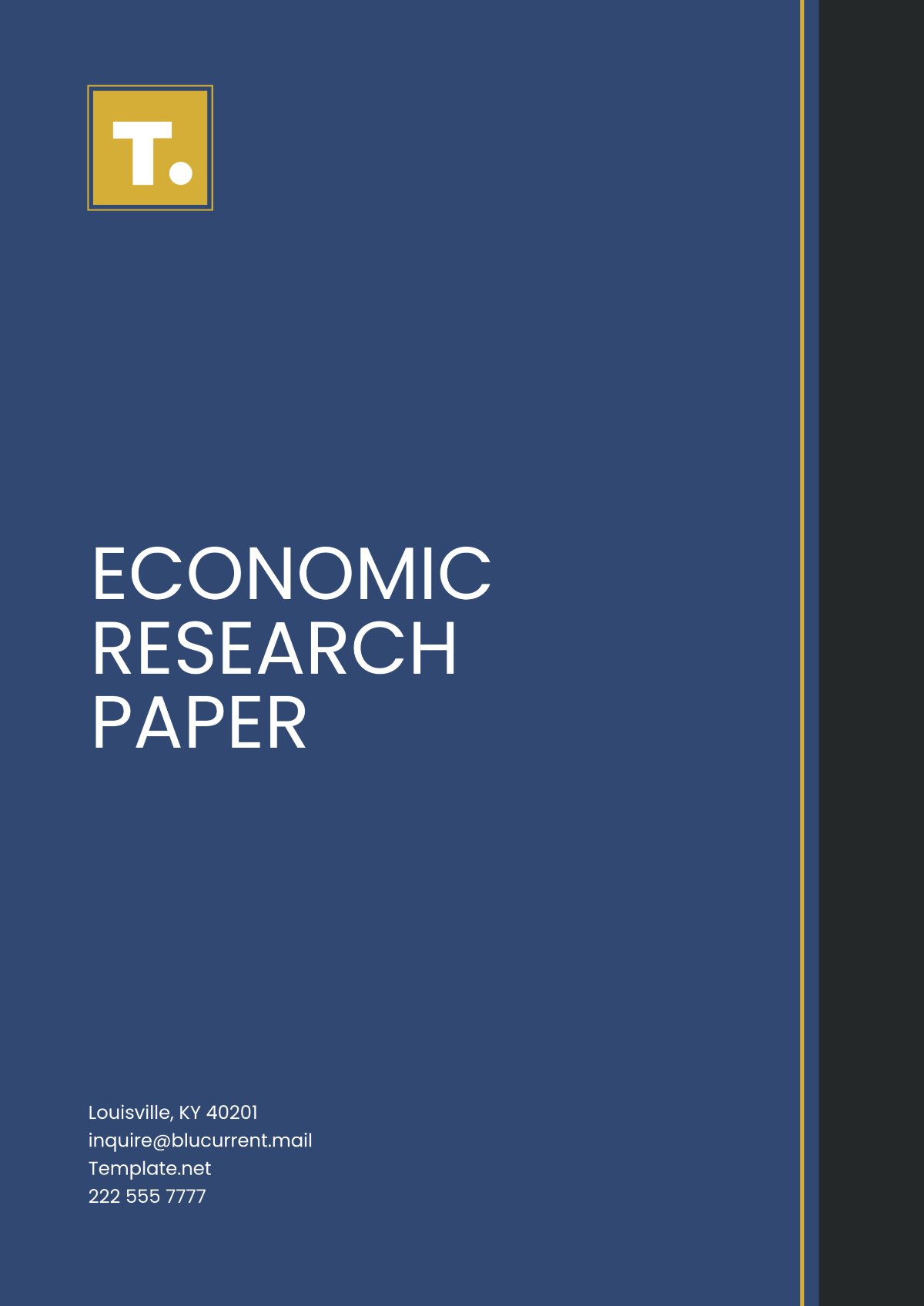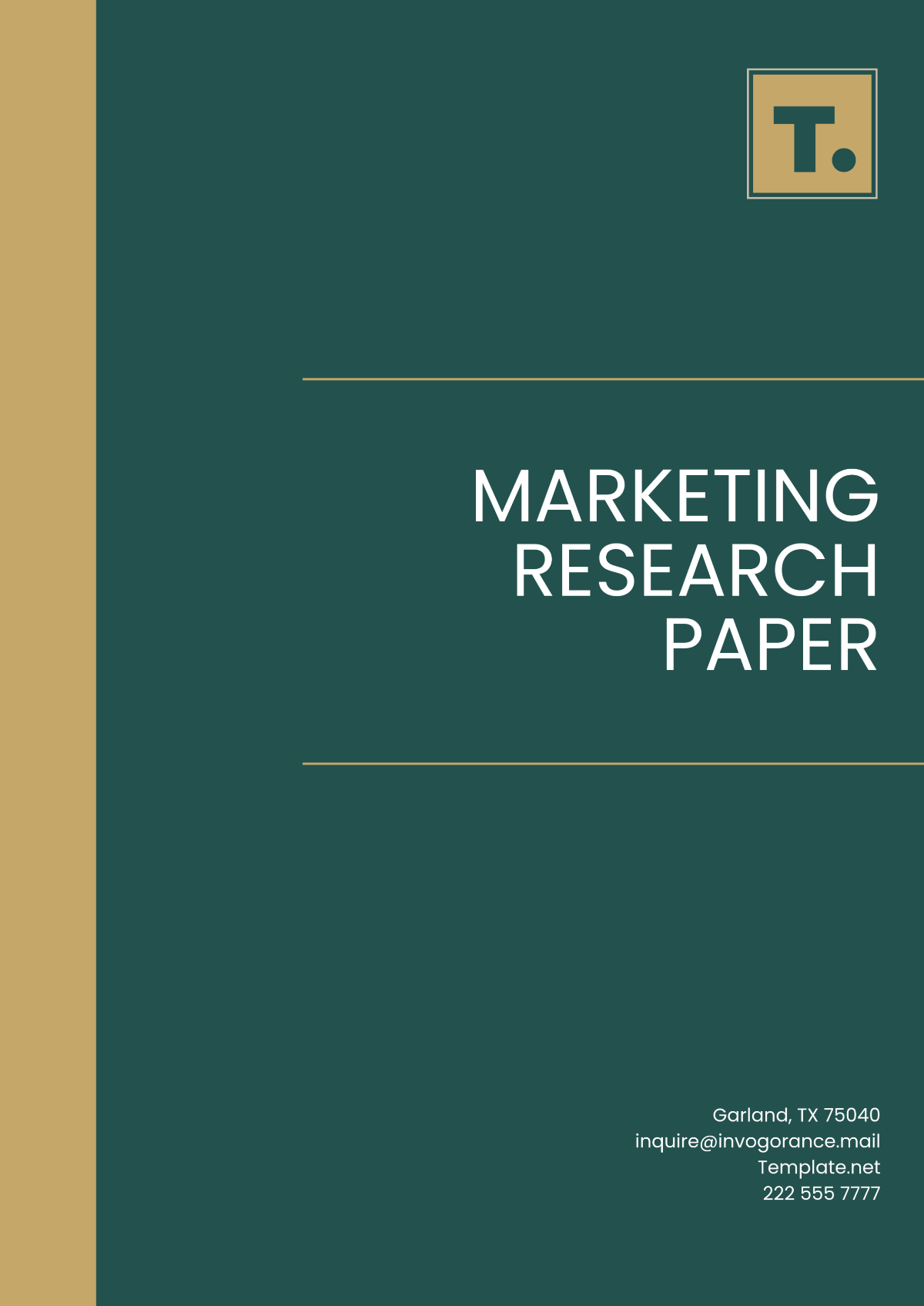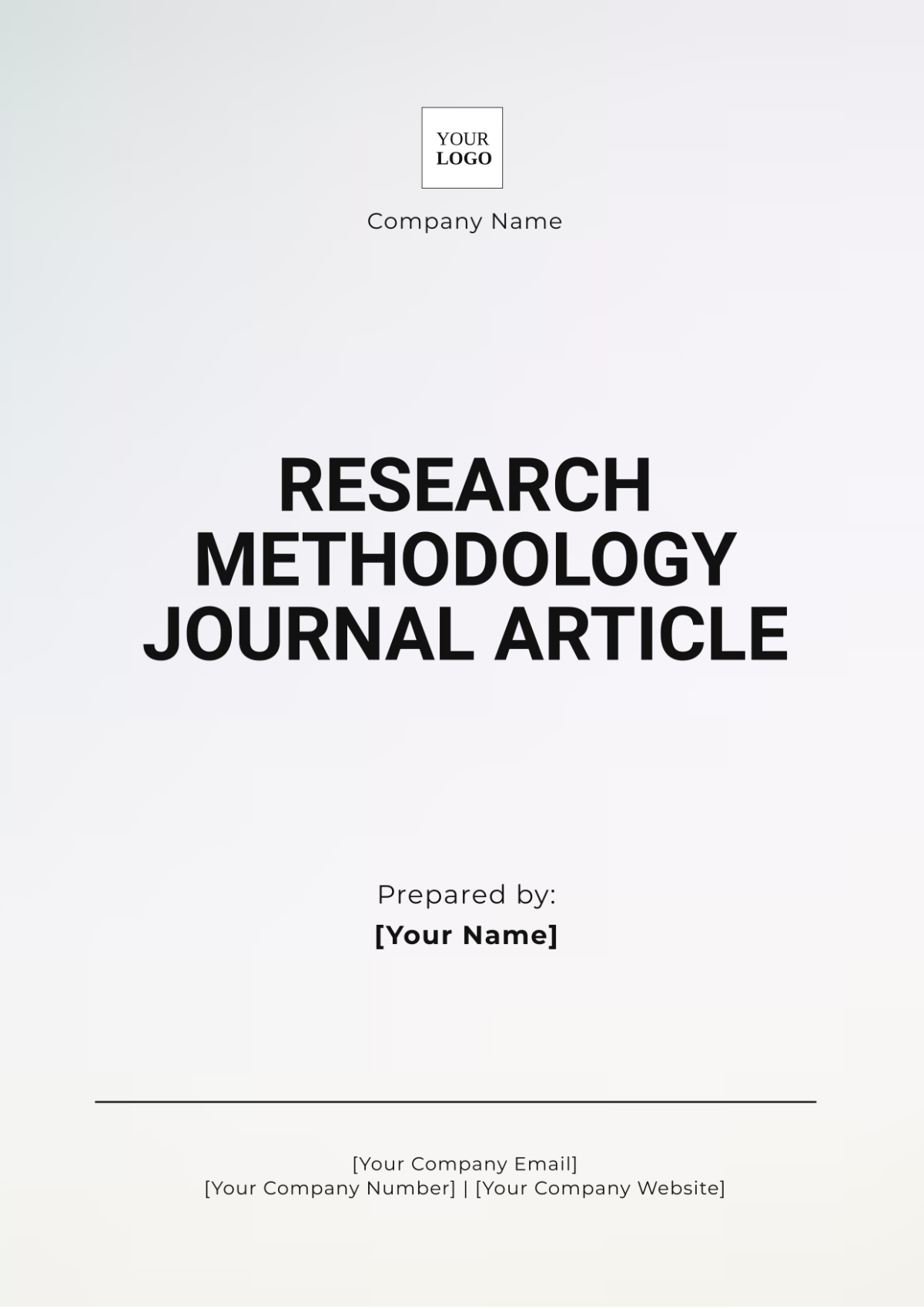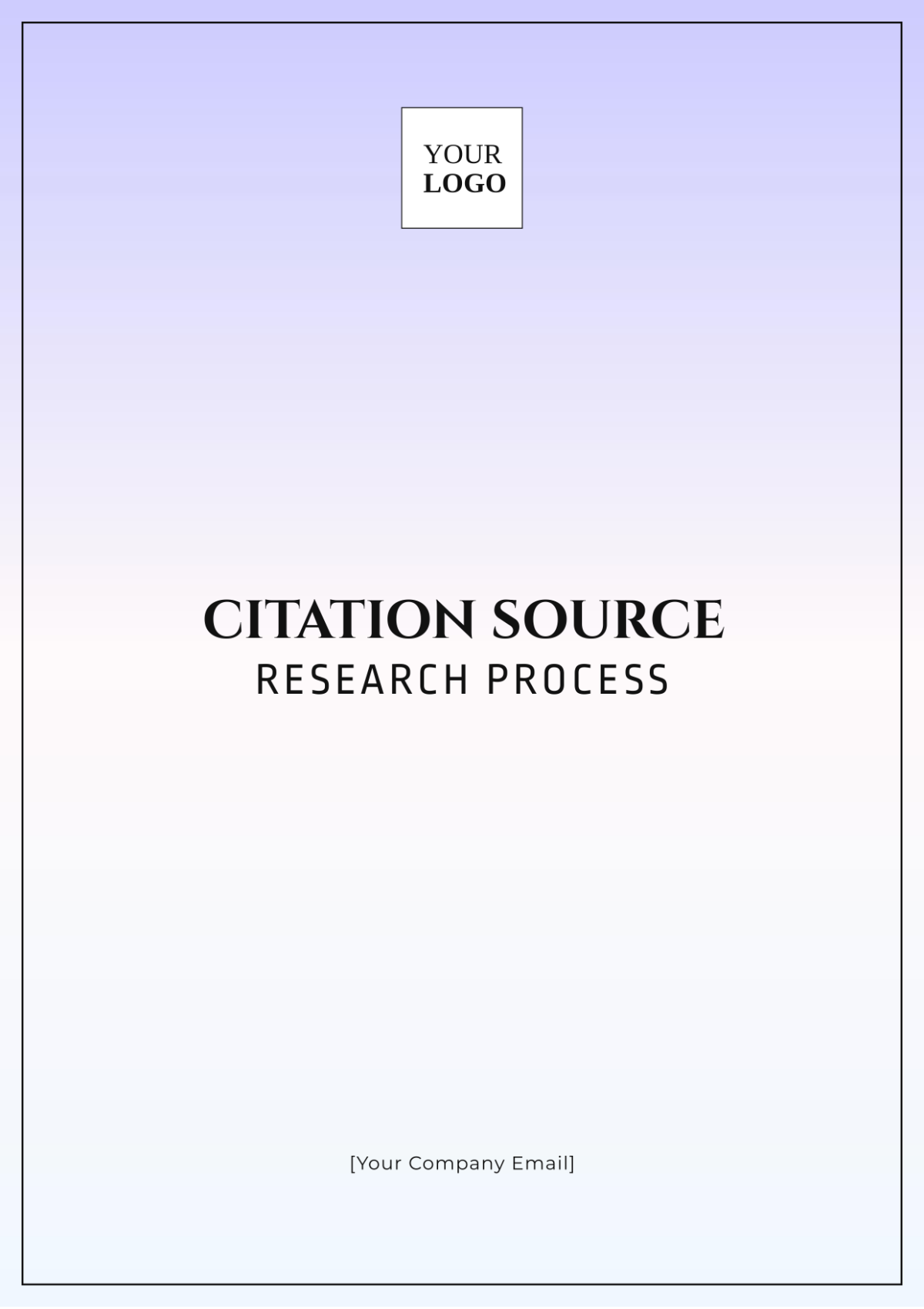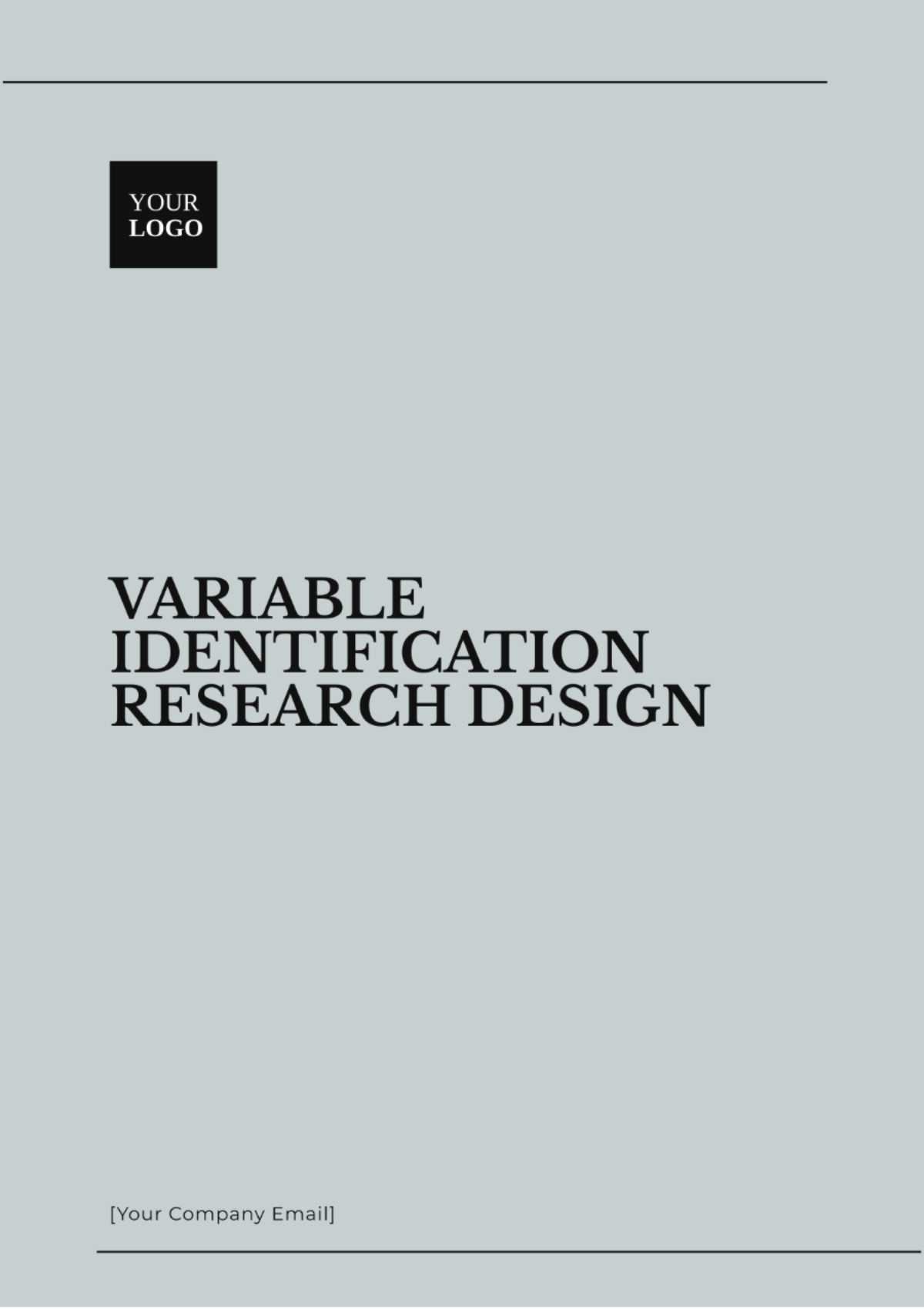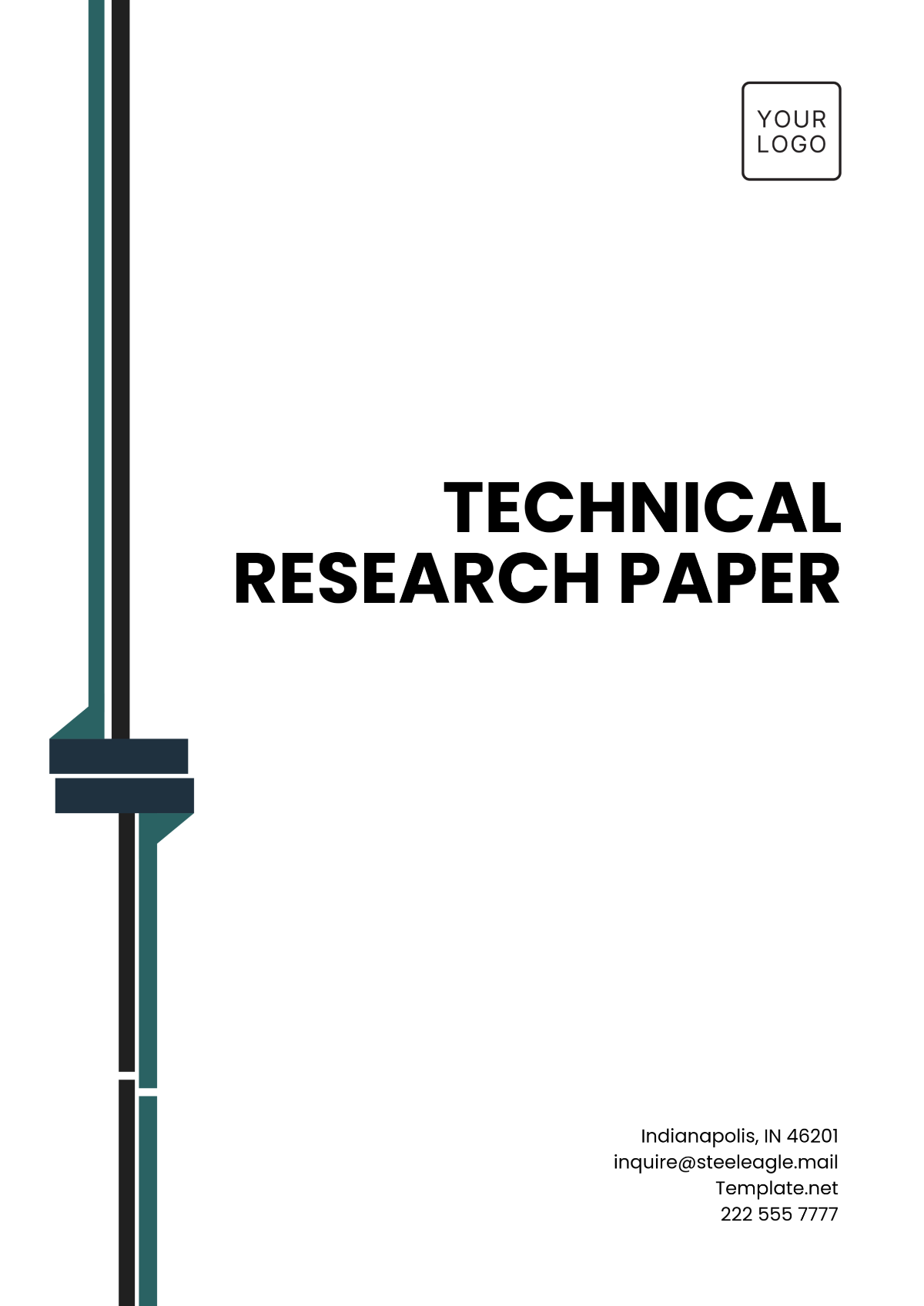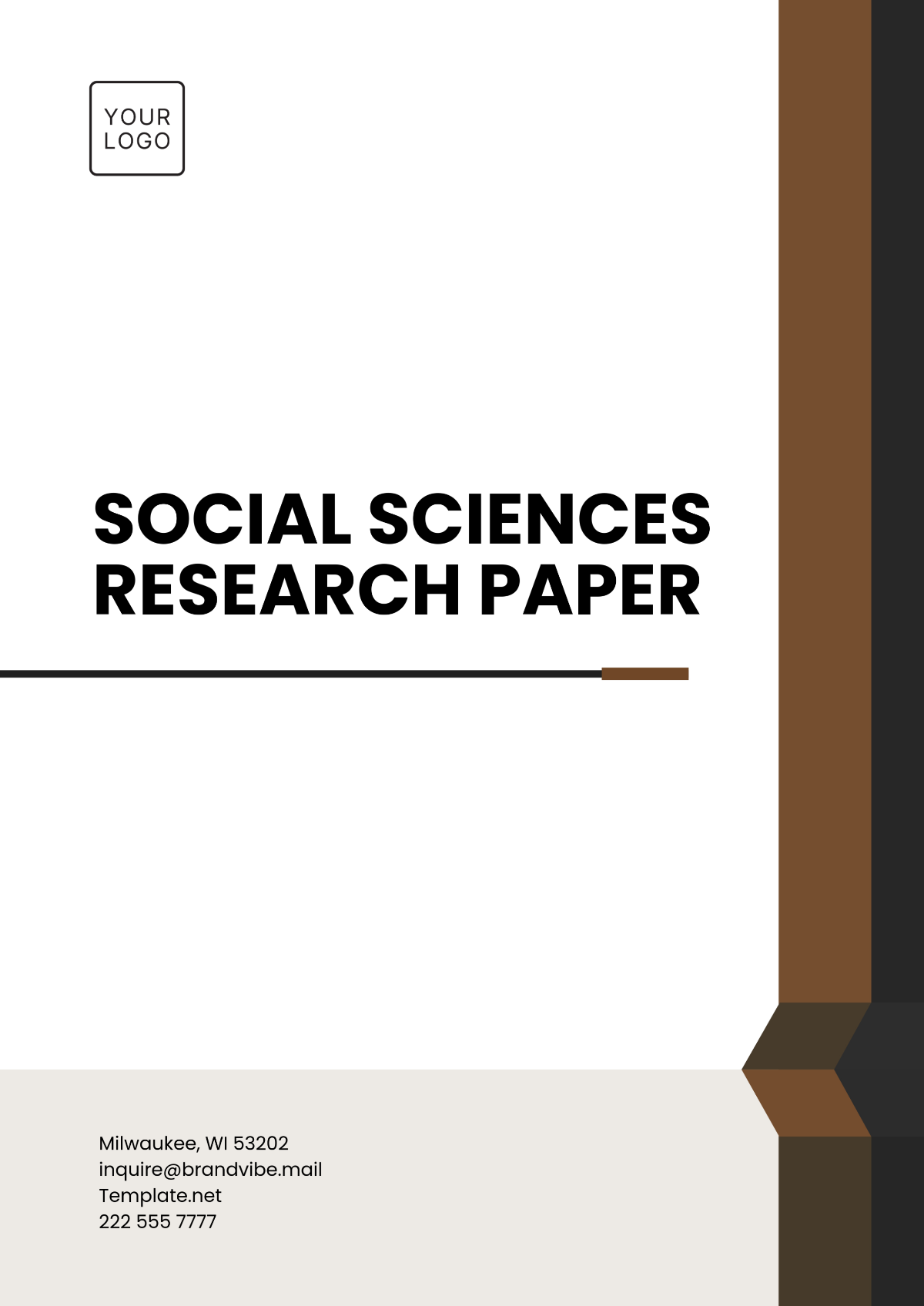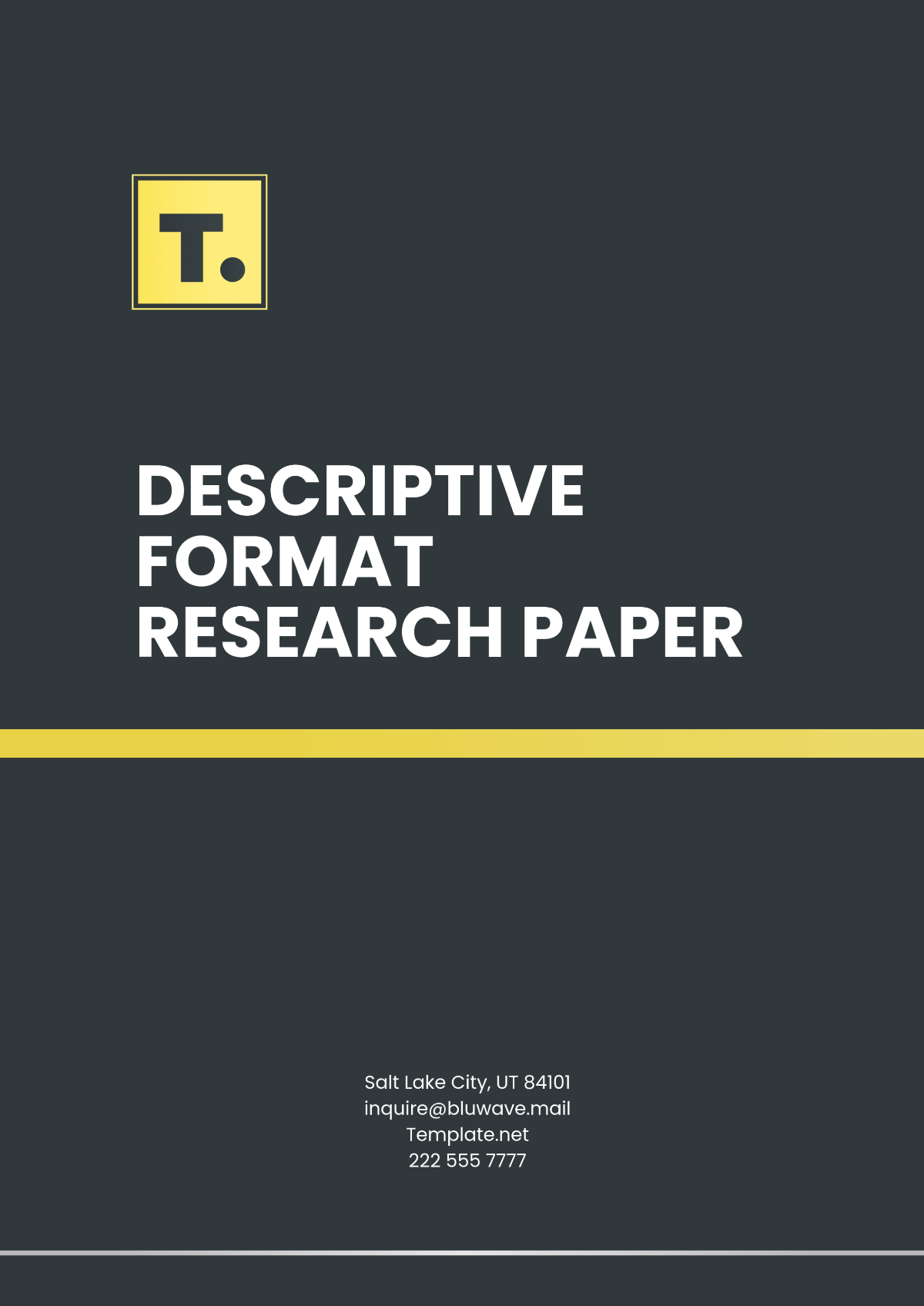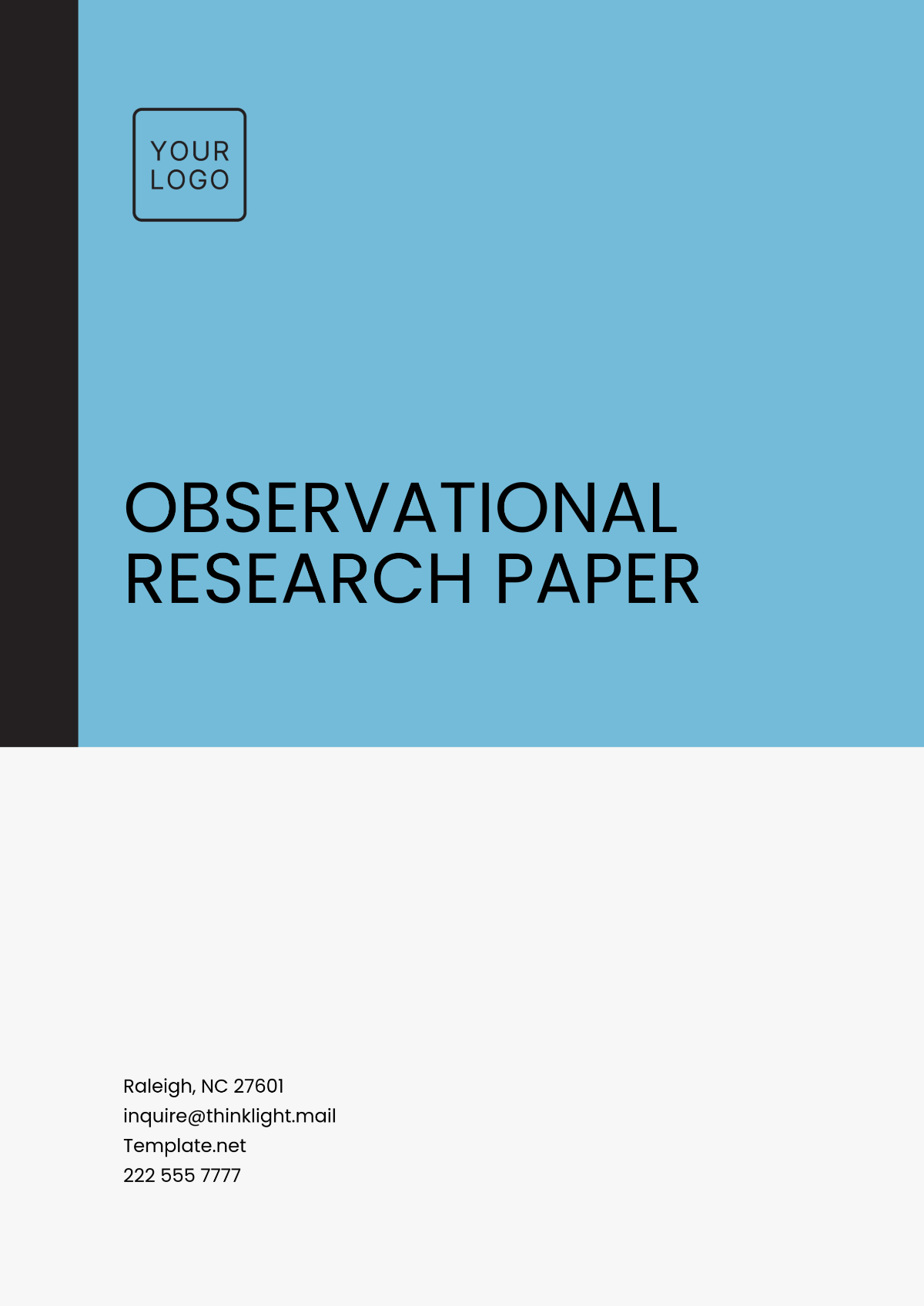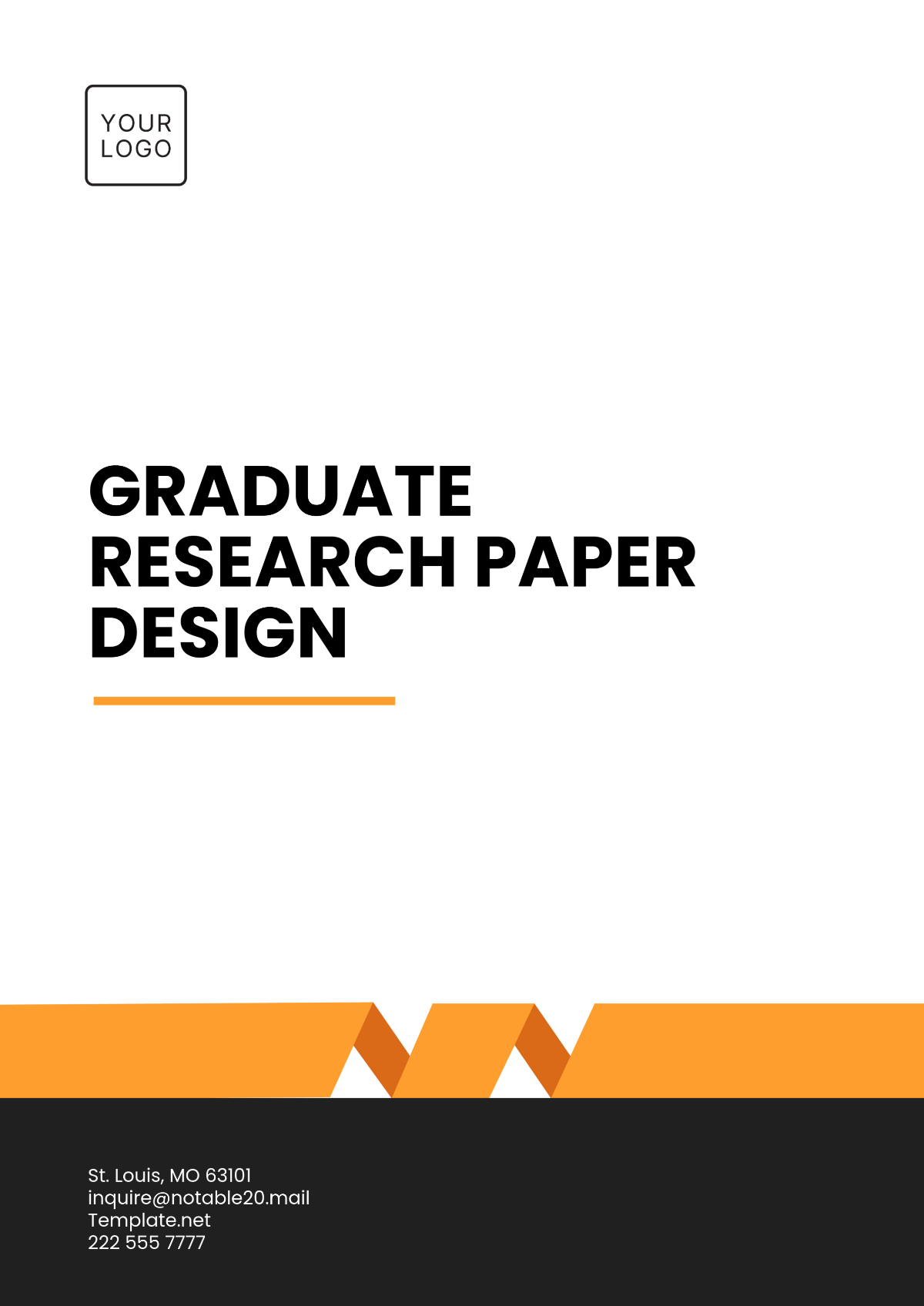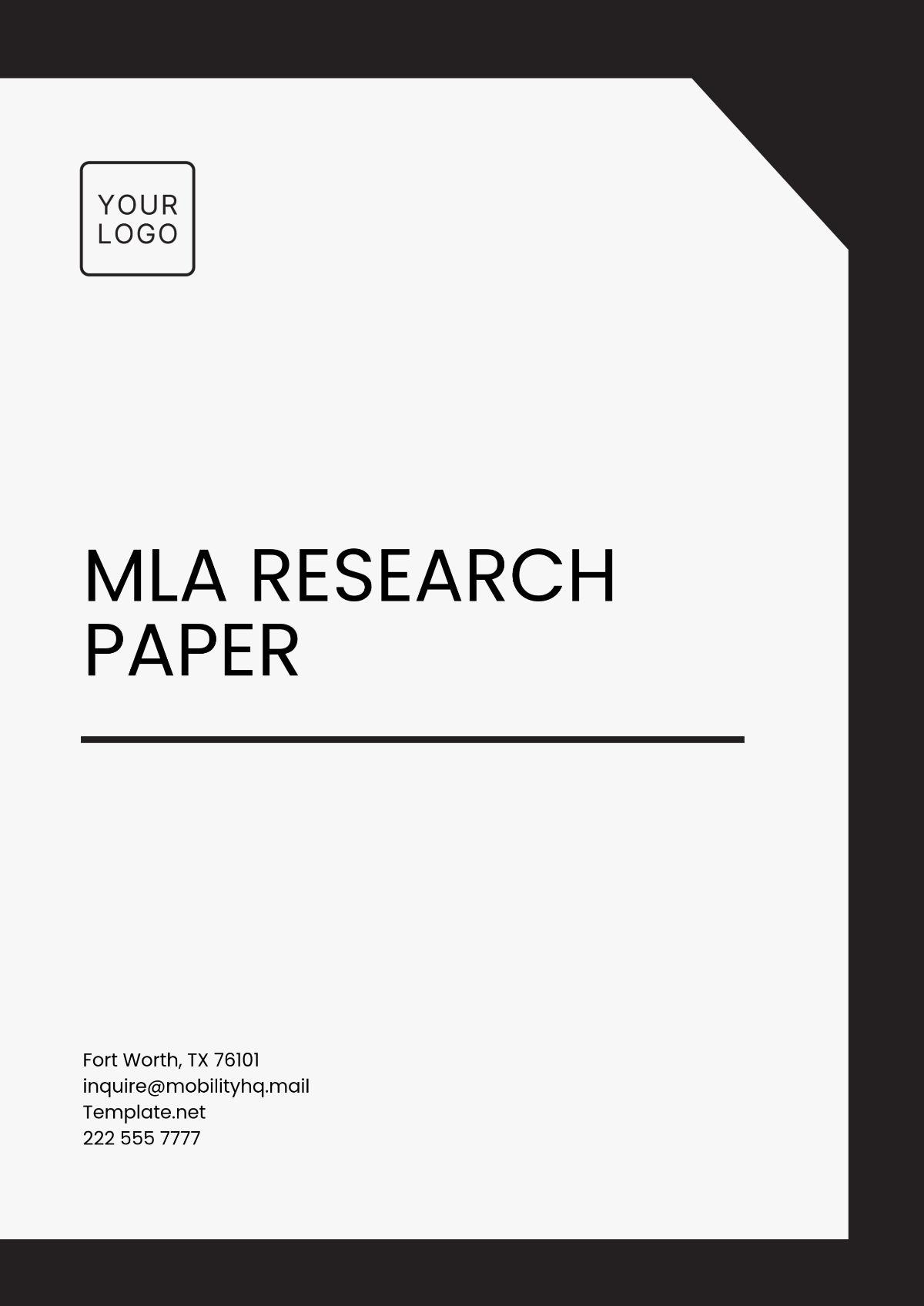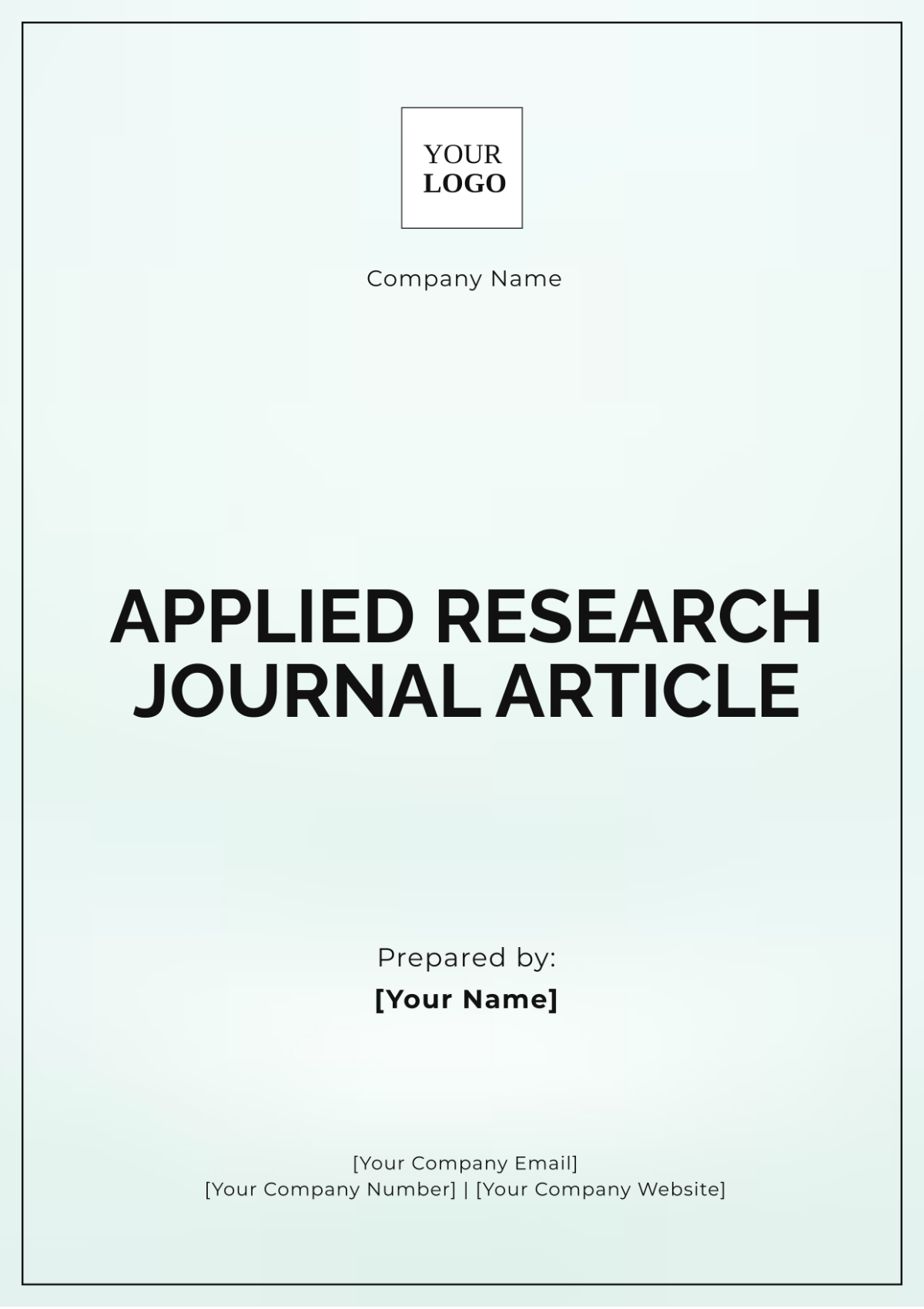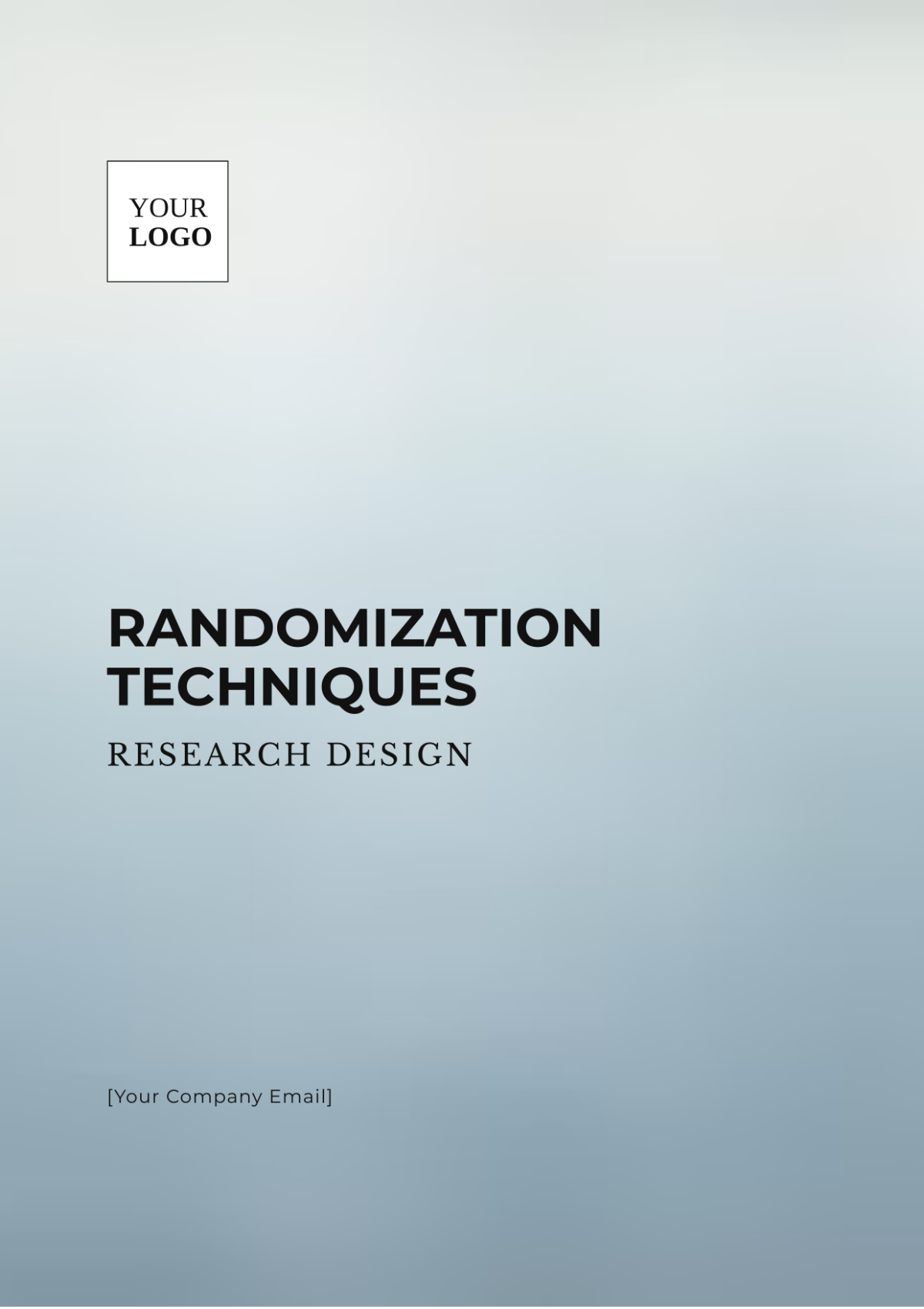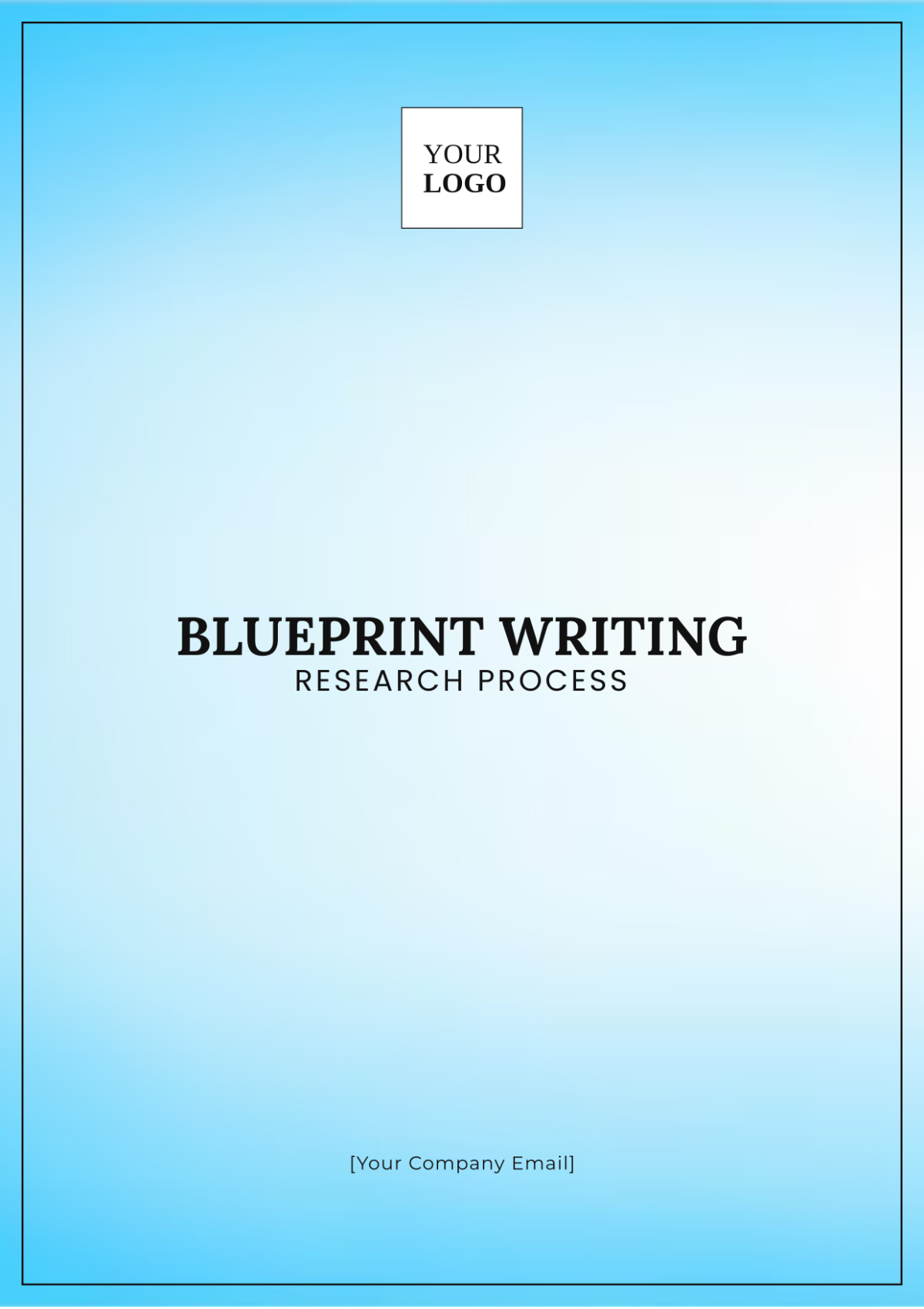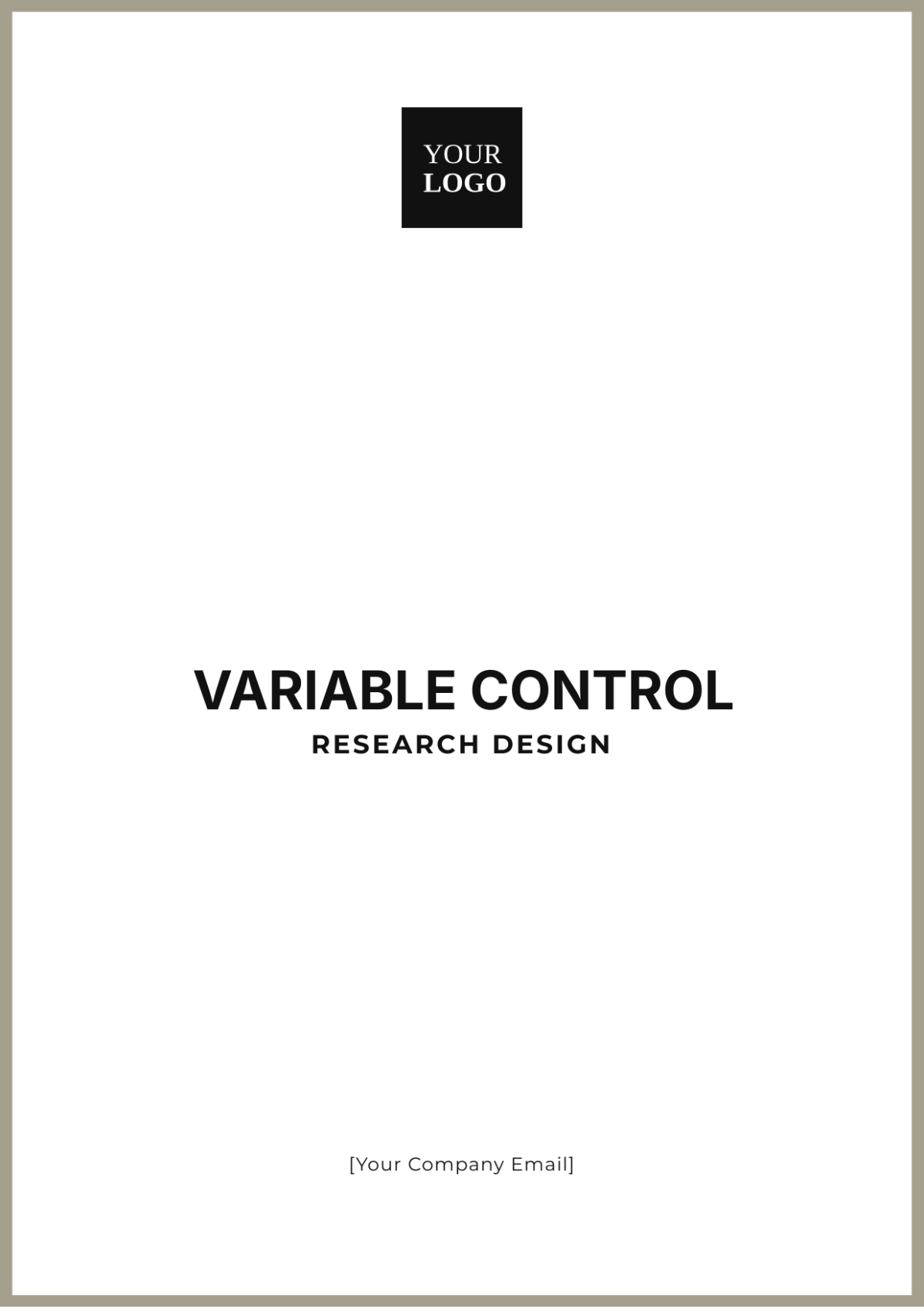Variable Control Research Design
Prepared By: [Your Name]
I. Introduction
Variable control research designs are fundamental in scientific investigations, enabling researchers to isolate and understand the specific effects of individual variables. By meticulously controlling variables, researchers can establish clear cause-and-effect relationships, enhance their findings' internal validity, and ensure their experiments' replicability. This rigorous approach is vital for producing reliable and generalizable results that contribute meaningfully to advancing knowledge across various disciplines.
II. Types of Variables
In research, variables are classified into distinct types, each playing a crucial role in the study:
Independent Variables (IV): The variables that researchers intentionally manipulate to observe their impact on the dependent variables. These are the "cause" factors in an experiment.
Dependent Variables (DV): The outcomes or responses measured in the study to assess the effect of the independent variables. These are the "effect" factors in an experiment.
Controlled Variables: Variables that are held constant throughout the experiment to ensure that any observed effects on the dependent variable are due solely to changes in the independent variable.
Extraneous Variables: Uncontrolled variables that may influence the dependent variable. Researchers strive to control or account for these variables to prevent them from confounding the results.
III. Methods of Controlling Variables
To ensure that the results of an experiment are valid and reliable, researchers employ various methods to control variables:
Randomization: Subjects are randomly assigned to different groups to ensure that extraneous variables are evenly distributed across all groups, thereby minimizing potential biases.
Matching: Participants are paired or grouped based on certain characteristics (e.g., age, gender, socioeconomic status) to ensure equivalence between the groups, thereby reducing the impact of confounding variables.
Standardization: The conditions under which the experiment is conducted are kept constant for all subjects, ensuring that any differences in outcomes can be attributed to the manipulation of the independent variable.
Using Control Groups: A control group, that does not receive the experimental treatment, is included in the study for comparison with the experimental group. This helps to isolate the effect of the independent variable.
Statistical Control: Researchers use statistical techniques, such as Analysis of Covariance (ANCOVA), to control for the influence of extraneous variables that could affect the results.
IV. Experimental Designs
Several experimental designs are employed to ensure rigorous control of variables:
True Experimental Designs
Pretest-Posttest Control Group Design: Participants are randomly assigned to either a control or an experimental group, with both groups being tested before and after the treatment. This design allows researchers to measure changes attributable to the intervention.
Posttest-Only Control Group Design: Participants are randomly assigned to groups, but only tested after the treatment. This design eliminates the potential for pretest sensitization while still allowing for comparison between groups.
Quasi-Experimental Designs
Non-equivalent Control Group Design: An experimental group is compared to a control group that was not randomly assigned. This design is often used when random assignment is not feasible, though it is more vulnerable to threats to internal validity.
Interrupted Time Series Design: This design involves multiple observations before and after the treatment, allowing researchers to detect trends and determine if changes are due to the intervention or other factors.
V. Data Analysis Techniques
To further enhance the control of variables and the robustness of their findings, researchers use sophisticated data analysis techniques:
Analysis of Covariance (ANCOVA): This statistical technique adjusts the dependent variable by removing the influence of covariates, allowing for a more precise assessment of the relationship between the independent and dependent variables.
Multiple Regression Analysis: A method used to explore the relationship between one dependent variable and multiple independent variables, helping to control for the influence of several predictors simultaneously.
Factor Analysis: A technique that reduces the complexity of data by identifying underlying factors that explain the patterns of correlations among variables, thereby clarifying the structure of relationships within the data.
VI. Applications of Variable Control Research Design
Variable control research designs are indispensable in various fields, where precise, valid, and reliable results are crucial:
Psychology: Used to study the effects of different therapeutic interventions on mental health outcomes, ensuring that the observed effects are due to the therapy rather than extraneous factors.
Medicine: Employed to determine the efficacy of new drugs or treatments, where control groups and randomization are critical for ensuring that results are attributable to the intervention.
Education: Applied to evaluate the impact of different teaching methods on student performance, with controlled variables ensuring that external factors like socio-economic status do not influence the findings.
Marketing: Utilized to understand consumer behavior and assess the effectiveness of advertising strategies, where controlling for extraneous variables helps in isolating the impact of the marketing efforts.
VII. Conclusion
Variable control research designs are essential tools in scientific research for establishing causality, enhancing the reliability and validity of study results, and ensuring the replicability of findings. By rigorously controlling variables through well-structured experimental designs and employing advanced data analysis techniques, researchers can derive meaningful conclusions that advance knowledge across a wide range of disciplines.
VIII. References
Campbell, D. T., & Stanley, J. C. (1966). Experimental and Quasi-Experimental Designs for Research. Chicago: Rand McNally College Publishing Company.
Creswell, J. W. (2014). Research Design: Qualitative, Quantitative, and Mixed Methods Approaches (4th ed.). Thousand Oaks, CA: Sage Publications.
Field, A. (2013). Discovering Statistics Using IBM SPSS Statistics (4th ed.). London: Sage Publications.
Kazdin, A. E. (2003). Research Design in Clinical Psychology (4th ed.). Boston: Allyn & Bacon.





